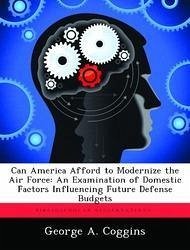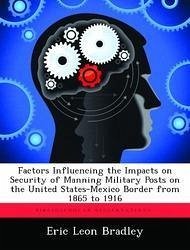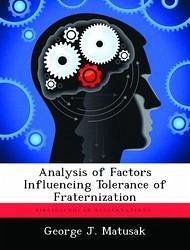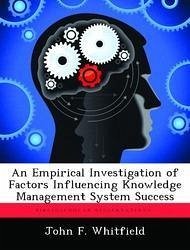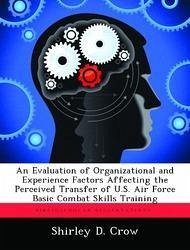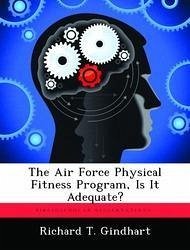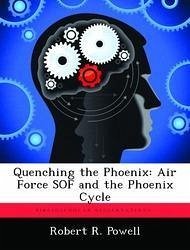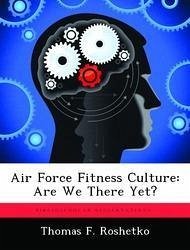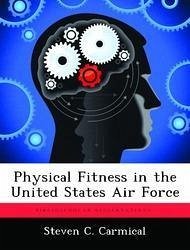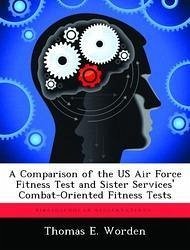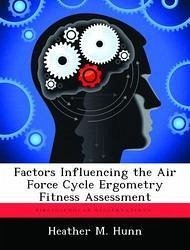
Factors Influencing the Air Force Cycle Ergometry Fitness Assessment
Versandkostenfrei!
Versandfertig in über 4 Wochen
53,99 €
inkl. MwSt.

PAYBACK Punkte
27 °P sammeln!
This research investigated the influence of exercise activities, situational factors, and personality on the Air Force submaximal cycle ergometry test (SCET). Data were collected via a questionnaire administered to 209 active duty students and faculty assigned to the Air Force Institute of Technology during their required annual SCET. Stepwise multiple regression and ANOVA were used to find the proportion of variance explained by the significant predictors of SCET results for various subsets of the sampled population. For the group as a whole, self-reported test anxiety explained 24% of the va...
This research investigated the influence of exercise activities, situational factors, and personality on the Air Force submaximal cycle ergometry test (SCET). Data were collected via a questionnaire administered to 209 active duty students and faculty assigned to the Air Force Institute of Technology during their required annual SCET. Stepwise multiple regression and ANOVA were used to find the proportion of variance explained by the significant predictors of SCET results for various subsets of the sampled population. For the group as a whole, self-reported test anxiety explained 24% of the variance in SCET results, while reported aerobic caloric expenditure during exercise explained only 10%. For runners, test anxiety explained 26% and calories expended running explained only 5% of the variance in SCET results. For cyclists (outdoor and stationary), calories expended cycling explained 53% of the variance, while test anxiety had no influence on SCET results. These results indicate that for non- cyclists, test anxiety plays a major role in SCET performance while aerobic exercise plays only a minor role. Non-cyclists who reported high levels of anxiety about the SCET generally received lower SCET scores.





